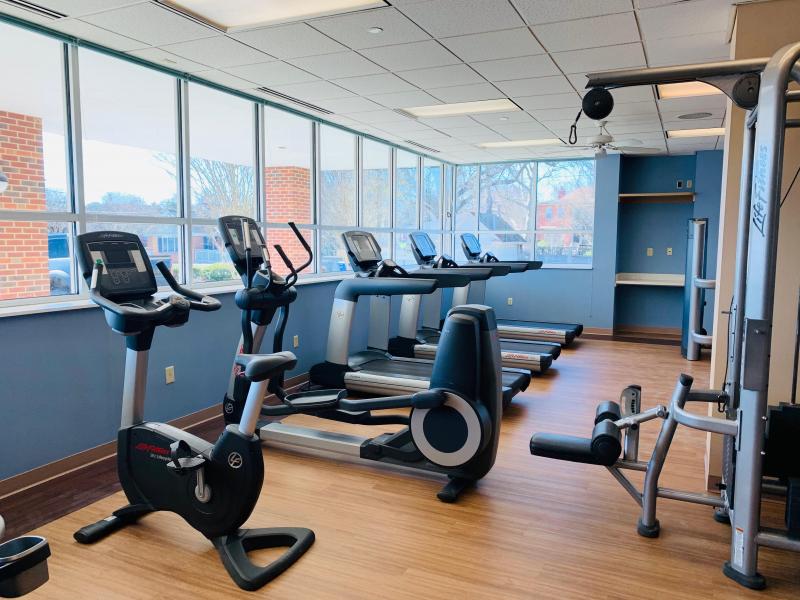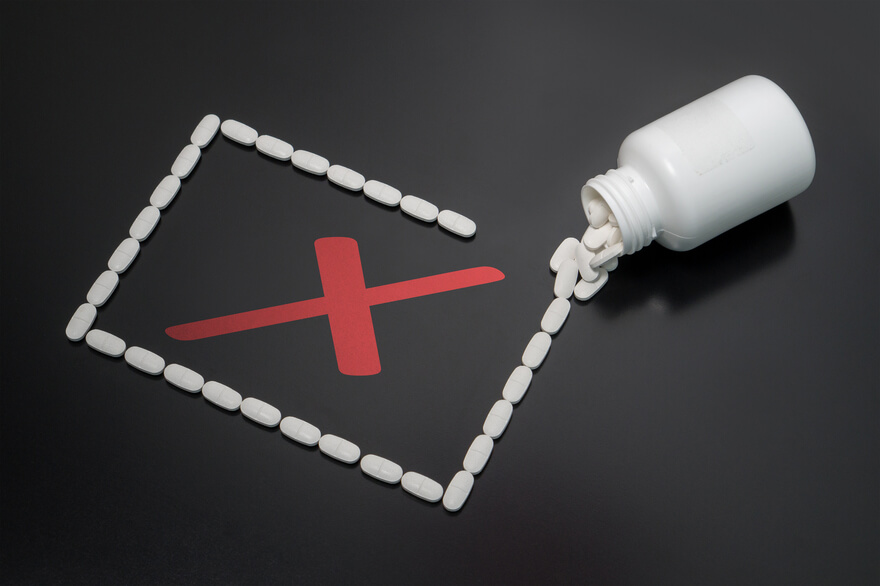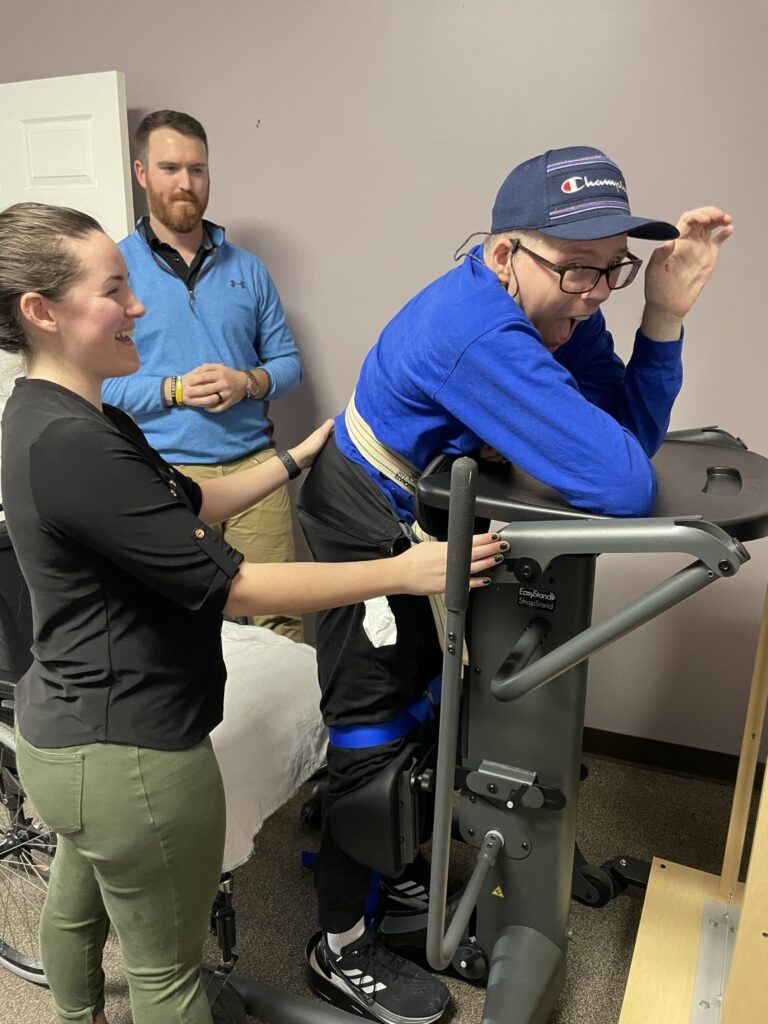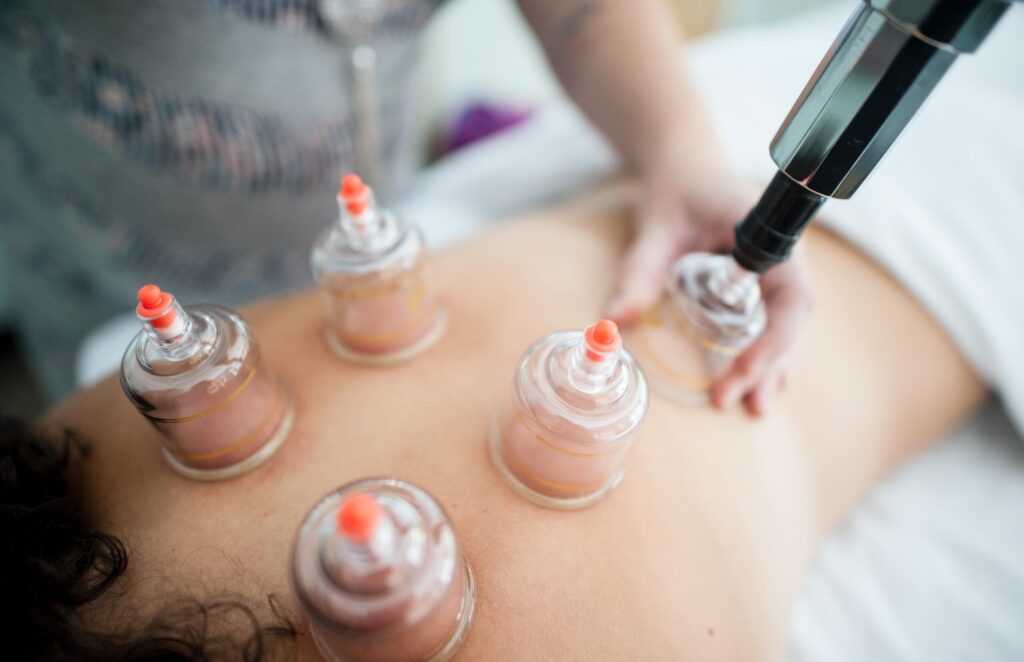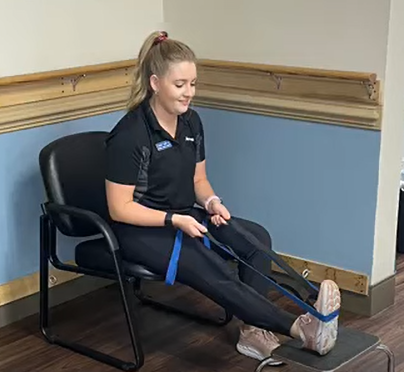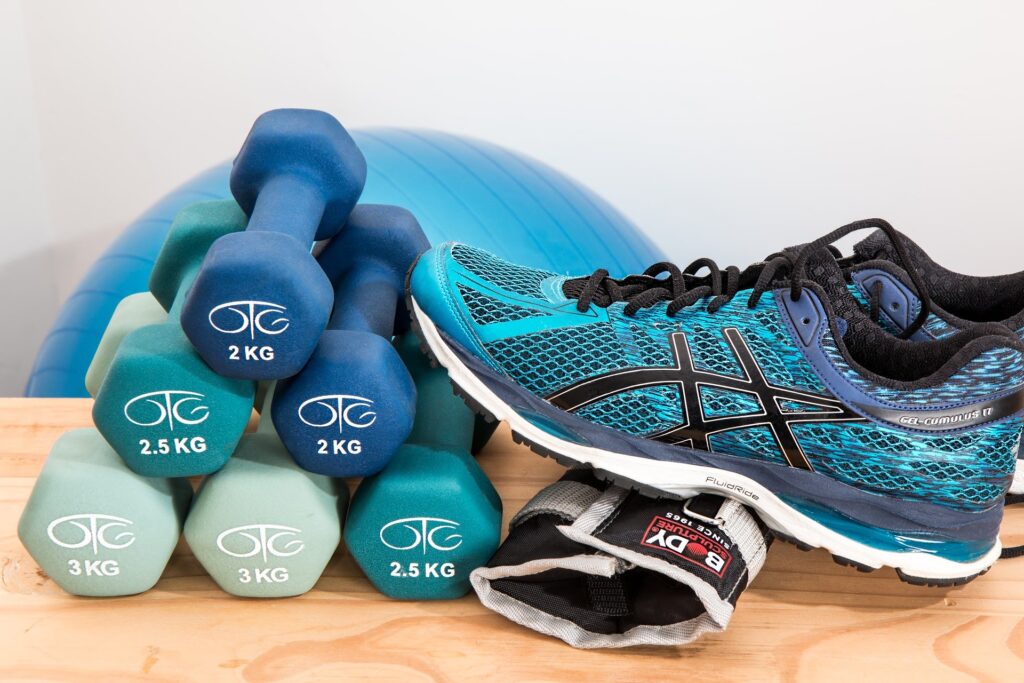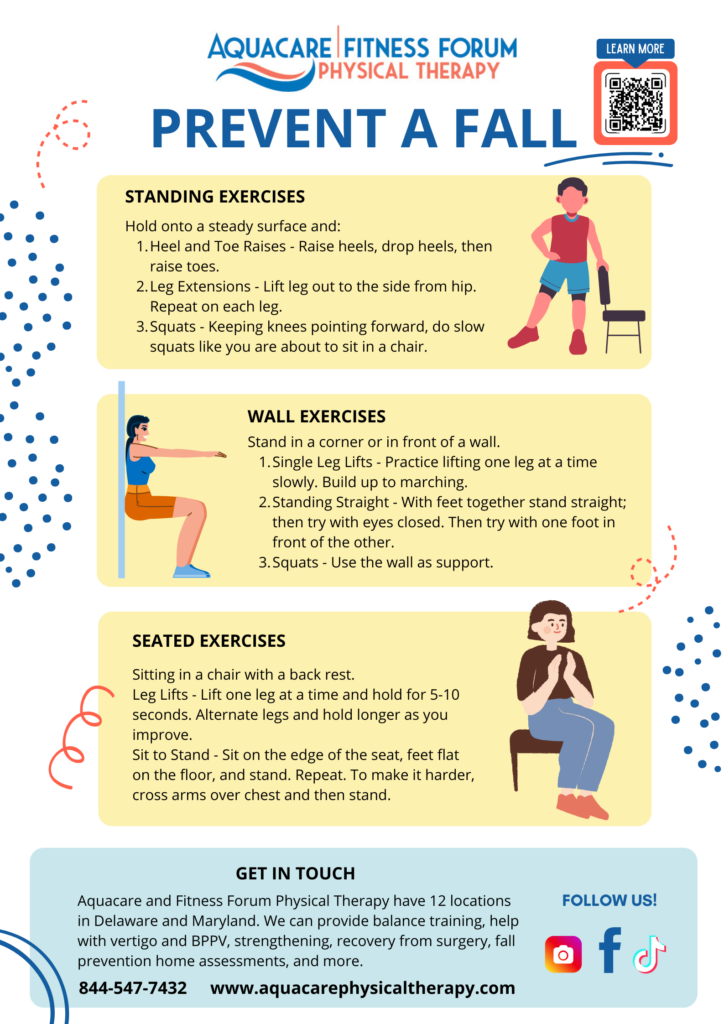
Effective Proactive Strategies to Reduce Bladder Leakage

Please stop believing those commercials. You know which ones I’m talking about. There is the one that opens with the very educated and polished appearing woman stating rather definitively something like, “We all know as women bladder leakage is normal…”
Or the one in which the famous comedienne/actress is shown on stage as though she is doing stand-up comedy and implores her female audience to NOT take any productive action for their condition with comments like “C’mon girls, we all pee a little when we laugh, don’t we?” (giggle, giggle), followed by a plug for incontinence pads.
If we can make it appear normal enough to joke about, we can accept it as normal, so why do anything about it? All you have to do is go buy those pads and diapers and your life will be “normal” again. (Shame on them for unempowering women by suggesting that adult diapers and continence pads are their best or even worse, their only solution).
Leakage is not normal
Bladder or bowel leakage is not normal. It may be extremely common. It may be so common that it is nearly the norm but it is not normal.
Now, I am not knocking the products. They provide an interim solution that at least allows women some semblance of normalcy. But that for most does not have to be a permanent solution.
Who wants that to be their end-game?
If you could eliminate bladder (or bowel) leakage, be done with continence products and start living as you used to, wouldn’t you?
As a pelvic physical therapist, I watch women on a daily basis slowly chisel away at what once were their normal activities, their normal life. Their fitness activities are the first to go. Just the wrong pose in yoga class or a bit too much enthusiasm with Zumba can bring on sudden unexpected flatulence or an embarrassing leak.
These women are embarrassed at work by having to race to the bathroom continually, and can barely get through a meeting without the embarrassment of having to jump up and scurry from the room in fear of having a bladder leak right there. This is not helpful for protecting your place on the career ladder. Social activities become the ordeal of carrying and concealing all of your protective gear. And let’s not even talk about romance.
The missing piece of the puzzle
So, what is the missing piece? Your pelvic floor muscles are a large part of the answer.
They are the muscles which support your pelvic organs and the structures that support the organs. When they become weak they allow structures to sag and shift from their normal position.
Nothing on the inside of your body is designed to shift to another spot. The other “spots” are already filled with something else. It is like trying to force one piece of a jigsaw puzzle into the incorrect spot.
It cannot be done without exerting great force on the piece which is trying to move, and on the spot into which it is trying to move. This increased pressure is one factor that causes bladder leakage.
The weakness may also allow uterine prolapse, (which then causes bladder leakage), rectal prolapse, vaginal prolapse and a bevy of other unpleasant symptoms associated with any of this.
Empower yourself
So instead of believing the producers and promoters of those incontinence products, find someone who will show you how to do a proper Kegel (pelvic floor contraction), and educate you for urge control strategies.
Find a pelvic physical therapist who can give you an appropriately structured strengthening routine (because there is also much more than the Kegel). Then you can get on your way to no longer needing those products, having no more disruptions from continually running to the bathroom, and you can get back to the life you should be having.














